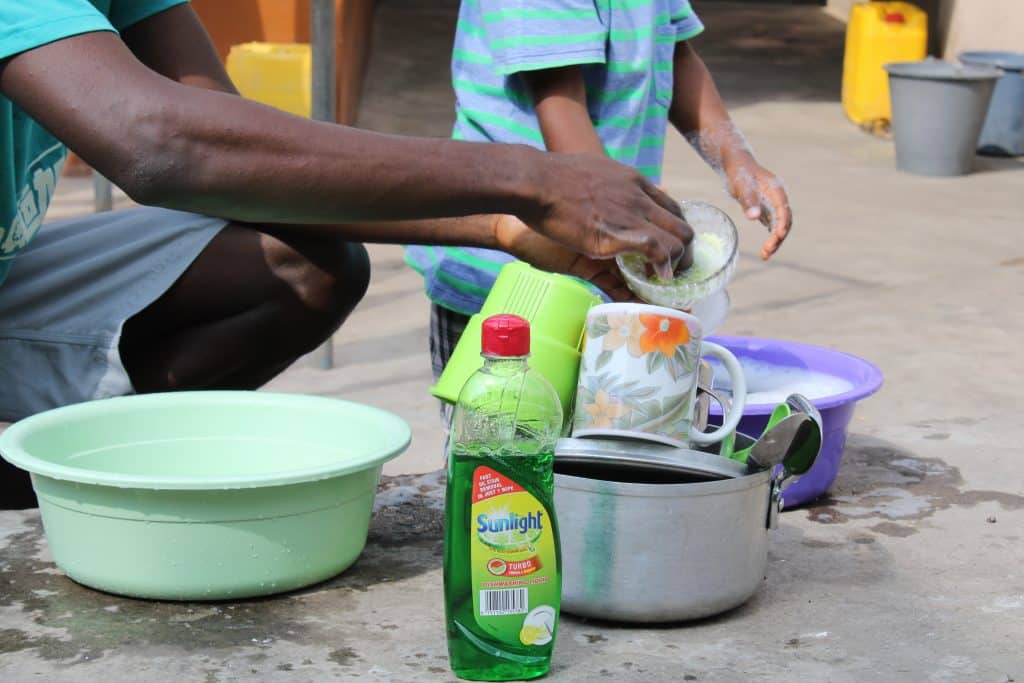As a parent, our primary role is to keep our kids safe. Unfortunately, it’s a world full of discoveries and some potential dangers. One such lurking danger? Dangerous chemicals. But here’s some good news: these risks can be managed with the proper knowledge. To help parents like you navigate these waters, we’ve broken down the critical steps to ensure safety around dangerous chemicals. For an even more in-depth guide, don’t miss our Goal Mine class in video format – perfect for letting your kids learn these safety steps independently!
Table of Contents
| Step | Description | Key Points |
|---|---|---|
| 1. Identify Chemicals | Understanding the products in our homes and their potential risks. | Spot the Label Check the Ingredients Storage Matters |
| 2. Do Not Open | Handling products with care to prevent exposure. | Seal Them Tight Use with Caution Teach by Example |
| 3. Don’t Consume Any Chemicals | Ensuring products are not ingested and understanding the actions if they are. | Clear Communication Immediate Action Safe Disposal |
Step 1: Identify Chemicals
It’s essential to know what’s in our homes. After all, the first step to preventing mishaps is awareness.
- Spot the Label: Most products with dangerous chemicals have warning labels. Please familiarize yourself with these and ensure you and your kids know what they mean. For example, skull and crossbones? That’s a no-go for kiddos.
- Check the Ingredients: If there’s a long list of things you can’t pronounce, it might be worth a quick online search. Numerous resources help decode ingredient lists, highlighting any potential risks.
- Storage Matters: Once you know what’s in your home, consider how and where you store these products. Out of reach and in a locked cupboard is always the best bet.
Pro tip: Want a visual guide? Make sure your kids watch our embedded YouTube video that goes deep into the identification process!

Read more: Teach Kids How to Clean Kitchen Surfaces
Step 2: Do Not Open
The danger isn’t just in consumption. The mere act of opening can be a risk.
- Seal Them Tight: Always ensure containers with dangerous chemicals have a tight seal. Accidental spills can lead to skin burns or inhalation issues.
- Use with Caution: If you or older kids use these products, ensure proper precautions. This might mean wearing gloves, using in a well-ventilated space, or ensuring no food items are nearby.
- Teach by Example: Kids learn by watching. Demonstrate caution and respect for these products, and they’ll follow suit.
Step 3: Don’t Consume Any Chemicals
This one might seem like a no-brainer, but kids are curious beings. Their world is all about exploring – often with their mouths.
- Clear Communication: Speak to your kids about the dangers of ingesting any unknown substance. Keep it simple and direct: “This can make you very sick.”
- Immediate Action: If you suspect your child has consumed something harmful, act quickly. Seek medical attention and, when possible, have the product or its label on hand.
- Safe Disposal: When tossing these products out, ensure you do it safely. Some chemicals can’t simply be thrown in the trash. Look for local disposal events or centers that handle hazardous waste.

Goally | Best Videos to Teach Life Skills
Give your kid an independent future. Goally has 100+ video classes teaching life skills like “How to Choose a Restaurant,” “How to Interrupt Politely,” and “How to Get Ready for School.”
Goally takes kids on an adventure that includes interactive practice and checkpoints along the way! No web browsers, YouTube, or social media.
To sum up, ensuring safety around dangerous chemicals in your home is a multi-step process, but one that’s crucial. You’re setting the stage for a safer environment by identifying, storing correctly, and educating correctly. Above all, remember that teaching is continuous. Encourage your kids to ask questions, and always provide clear answers. And, for a more interactive experience, consider getting Goally’s Tablet to unlock the rest of our video lessons on safety. Today, we’ve covered step one, but there’s much more to explore and learn!

Goally
We help parents teach their kids life skills, like doing bedtime and morning independently. Backed by science, we incorporate evidence-based practices and expert-informed designs in all of our apps and content.





